404. That’s an error.
The requested URL was not found on this server.
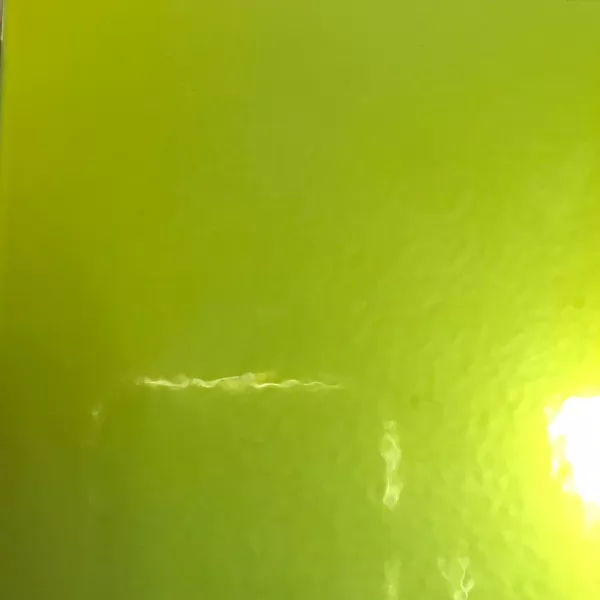 Smooth Powder Coating
Smooth Powder Coating
As a leading powder coating manufacturer in China, Wintoly offers a wide range of products in stock to meet your smooth coating requirements. If it is not pictured below, Wintoly can still customize powder coating for you to meet your color solution. Our smooth powder coatings range from high-chroma colors, to special formulations to meet your specifications, our color solutions are developed using state-of-the-art color matching technology. Contact Wintoly and we will develop the best smooth powder coating color solution for you.
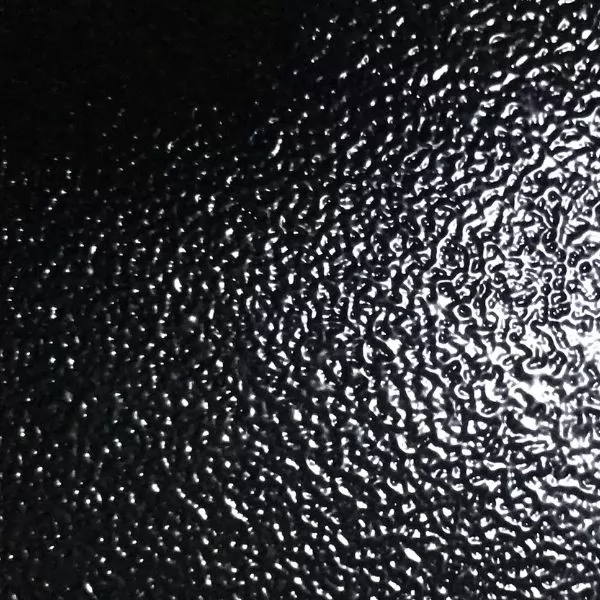 Wrinkle Powder Coating
Wrinkle Powder Coating
As a leading powder coating manufacturer in China, Wintoly offers a wide range of products in stock to meet your wrinkle coating requirements. If it is not pictured below, Wintoly can still customize powder coating for you to meet your color solution. Our wrinkle powder coatings range from high-chroma colors, to special formulations to meet your specifications, our color solutions are developed using state-of-the-art color matching technology. Contact Wintoly and we will develop the best wrinkle powder coating color solution for you.
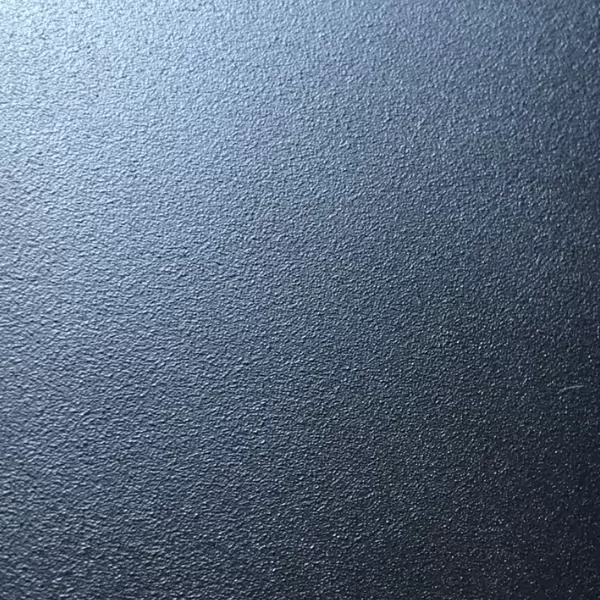 Sandy Powder Coating
Sandy Powder Coating
As a leading powder coating manufacturer in China, Wintoly offers a wide range of products in stock to meet your sandy coating requirements. If it is not pictured below, Wintoly can still customize powder coating for you to meet your color solution. Our sandy powder coatings range from high-chroma colors, to special formulations to meet your specifications, our color solutions are developed using state-of-the-art color matching technology. Contact Wintoly and we will develop the best sandy powder coating color solution for you.
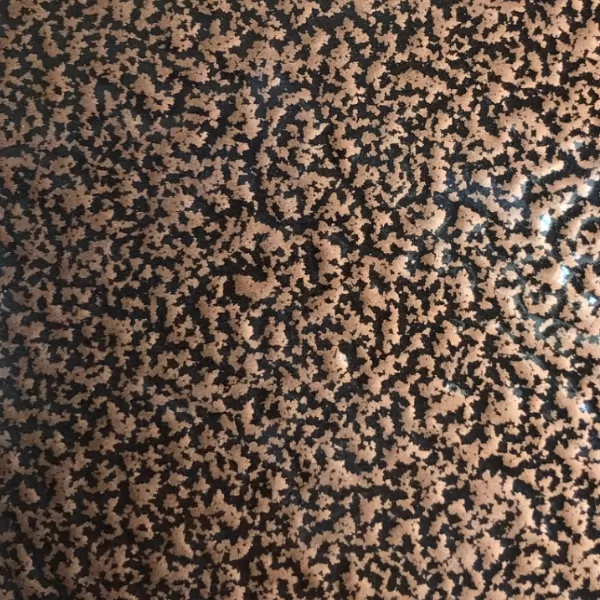 Antique Powder Coating
Antique Powder Coating
As a leading powder coating manufacturer in China, Wintoly offers a wide range of products in stock to meet your antique coating requirements. If it is not pictured below, Wintoly can still customize powder coating for you to meet your color solution. Our antique powder coatings range from high-chroma colors, to special formulations to meet your specifications, our color solutions are developed using state-of-the-art color matching technology. Contact Wintoly and we will develop the best antique powder coating color solution for you.
 Metallic Powder Coating
Metallic Powder Coating
As a leading powder coating manufacturer in China, Wintoly offers a wide range of products in stock to meet your metallic coating requirements. If it is not pictured below, Wintoly can still customize powder coating for you to meet your color solution. Our metallic powder coatings range from high-chroma colors, to special formulations to meet your specifications, our color solutions are developed using state-of-the-art color matching technology. Contact Wintoly and we will develop the best metallic powder coating color solution for you.
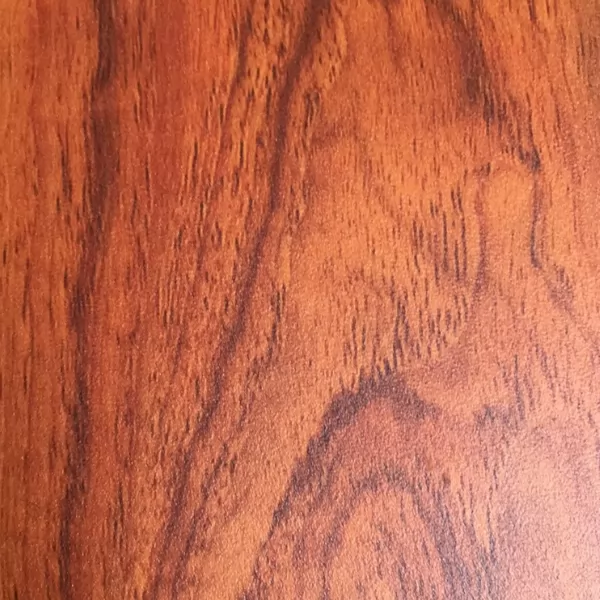 Wood Effect Powder Coating
Wood Effect Powder Coating
As a leading powder coating manufacturer in China, Wintoly offers a wide range of products in stock to meet your wood effect coating requirements. If it is not pictured below, Wintoly can still customize powder coating for you to meet your color solution. Our wood effect powder coatings range from high-chroma colors, to special formulations to meet your specifications, our color solutions are developed using state-of-the-art color matching technology. Contact Wintoly and we will develop the best wood effect powder coating color solution for you.
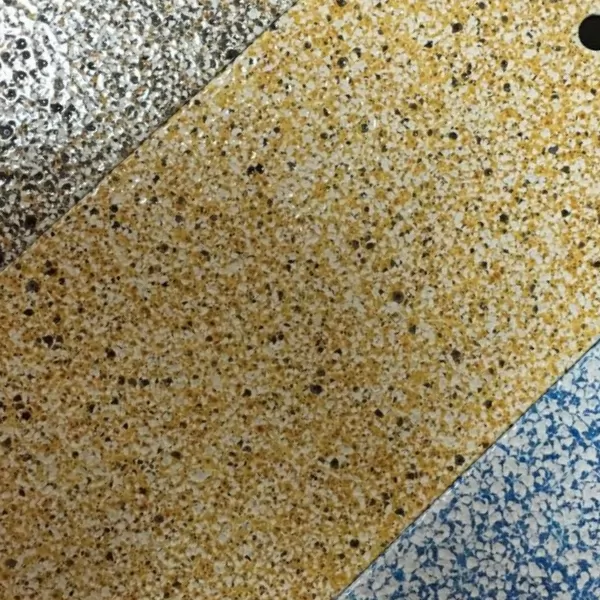 Other Texture Powder Coating
Other Texture Powder Coating
As a leading powder coating manufacturer in China, Wintoly offers a wide range of products in stock to meet your coating requirements. If it is not pictured below, Wintoly can still customize powder coating for you to meet your color solution. Our powder coatings range from high-chroma colors, to special formulations to meet your specifications, our color solutions are developed using state-of-the-art color matching technology. Contact Wintoly and we will develop the best powder coating color solution for you.
 Other Functional Powder Coating
Other Functional Powder Coating
As a leading powder coating manufacturer in China, Wintoly offers a wide range of products in stock to meet your coating requirements. If it is not pictured below, Wintoly can still customize powder coating for you to meet your color solution. Our powder coatings range from high-chroma colors, to special formulations to meet your specifications, our color solutions are developed using state-of-the-art color matching technology. Contact Wintoly and we will develop the best powder coating color solution for you.

.png)
.png)


.png)

.png)


